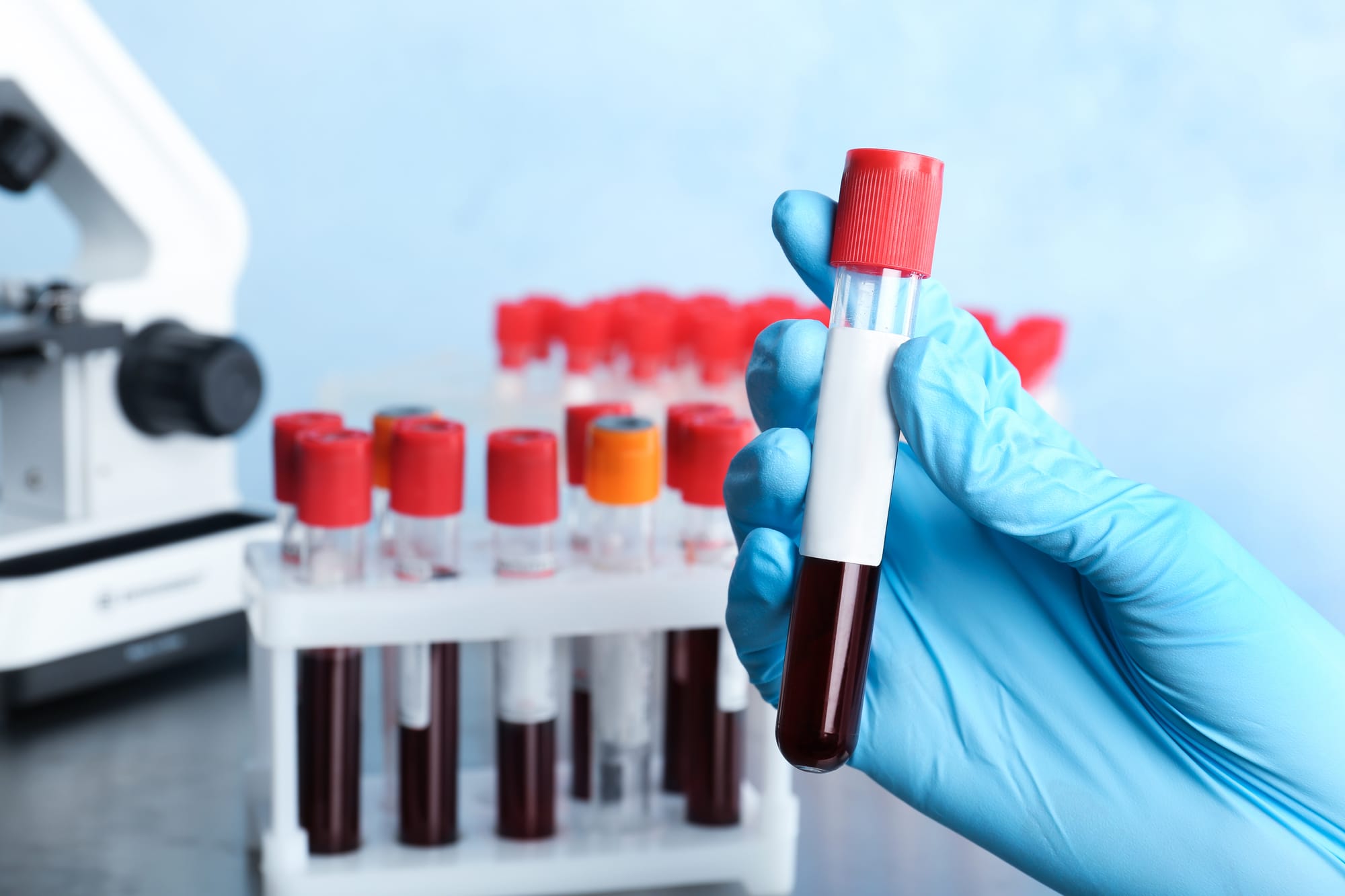The old saying, "A stitch in time saves nine," really captures the essence of gene therapy: tackling health problems right at their root – in our genes – before they turn into more serious conditions. But what does the future of gene therapy look like, and how long will its impact last?
Gene therapy is at the forefront of medical science, bringing new hope to many people facing diseases without cure. This fascinating field involves tweaking our genes and figuring out how to make these adjustments work inside our bodies. It's not just a temporary trend – it's a rapidly expanding area that promises to revolutionize the way we think about treating diseases.
The Rise of Gene Therapy
In the past five years, the future of gene therapy has started to unfold impressively, driven by cutting-edge technologies and a deeper understanding of gene functions.
This advancement is highlighted by the global health authorities' approval of pioneering treatments. Among these are therapies using oligonucleotides and two gene therapies designed to operate within the body, promising even more breakthroughs ahead.
Progress and Official Approvals in Gene Therapy
At the core of gene therapy is its ability to alter gene functions, offering potential treatments for various diseases—ranging from issues affecting muscles and eyes to cancer. The techniques used are diverse. They include swapping out faulty genes with functioning ones, introducing new genes to help the body fight disease, deactivating genes that aren't working correctly, or repairing genes that have changed in harmful ways.
How these treatments are delivered to the body is also improving, with methods like using DNA plasmids and specially designed viruses playing a crucial role.
The FDA's recent green light for gene therapies that address eye conditions and muscle weakness marks significant progress. These advances include using a specific kind of virus (AAV) for treatments administered directly inside the body.
Techniques that modify immune cells outside the body, using lentiviral and retroviral methods, are also opening new doors for cell-based immune therapies and addressing genetic conditions such as sickle cell disease.
Overcoming Immunity Challenges in Gene Therapy
As we ponder over the question “what is the future of gene therapy?”, it's clear it is moving forward but not without facing significant challenges.
For example, around half of all patients may not benefit from certain treatments because their bodies are already resistant to the viruses used in these therapies, like AAV. To address this, scientists are exploring new approaches, including treatments that don't rely on viruses and drugs based on RNA, aiming to bypass these immune system hurdles.
Expanding the Reach of Gene Therapy

Gene therapy's potential is growing, extending from treating rare diseases to tackling more common conditions. The FDA is expected to approve more than 60 gene therapies in the next seven years for diseases including cancer, heart disease, and cystic fibrosis, focusing on correcting diseases at their genetic source.
Particularly exciting is the development of gene-editing technologies, like CRISPR, which show promise for treating blood disorders such as sickle cell disease and beta-thalassemia. These innovations could lead to one-time treatments, changing the landscape of healthcare.
However, making these therapies accessible to all is a considerable challenge, primarily due to their high costs. Currently, the expense means only a few can access these treatments. Yet, as the technology advances and becomes more commonplace, we anticipate costs will decrease, allowing broader access to these life-changing therapies.
Ethical Considerations and Global Impact
The ethical debate surrounding gene therapy, particularly the modification of genes passed down to future generations, is ongoing. While changes to genes that don't affect the next generations are widely accepted, the idea of altering inherited genes raises significant ethical concerns regarding how much we should intervene in the natural process of genetic inheritance.
The Global Gene Therapy Initiative strives to extend these advanced treatments worldwide, especially by initiating clinical trials in lower-income countries. This initiative is not just about addressing the higher occurrence of certain diseases in these regions; it's also about showcasing gene therapy's potential to make a positive impact globally.
Looking Ahead: The Promise of Gene Therapy
As we look to the future, gene therapy offers the exciting prospect of tackling diseases at their genetic root, heralding a new chapter in healthcare. The current treatments pave the way for future innovations that could lead to more efficient and less invasive options available to everyone.
The true excitement about gene therapy extends beyond the diseases we can currently treat. It lies in the possibility of transforming healthcare for the better. This path is filled with optimism and hurdles, yet it holds immense potential for making the world healthier for the coming generations.
With every scientific advancement, we move a step closer to realizing the full potential of gene therapy. The future of gene therapy lies not only in its sustainability but in the breadth of its impact.







